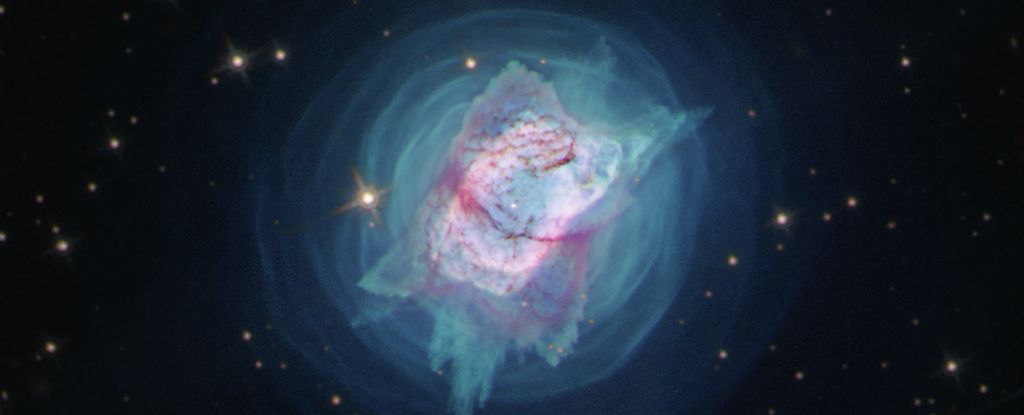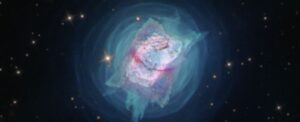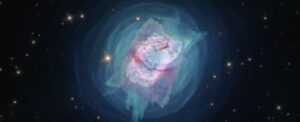
A team of physicists has successfully recreated the first chemical reactions that occurred shortly after the Big Bang, providing new insights into the formation of the Universe. Led by Florian Grussie at the Max Planck Institute for Nuclear Physics (MPIK) in Germany, researchers focused on the reactions involving the helium hydride ion (HeH+), a molecule formed by the combination of a neutral helium atom and an ionized hydrogen atom. This groundbreaking work sheds light on the processes that led to the creation of molecular hydrogen (H2), which is fundamental to star formation.
The birth of the Universe, approximately 13.8 billion years ago, resulted in a dense, hot environment filled with fundamental particles. During this period, temperatures were so extreme that atoms could not yet exist. It took about 380,000 years for electrons and nuclei to cool sufficiently to form the first elements, predominantly hydrogen and helium. Today, hydrogen remains the most abundant element in the Universe, essential for forming molecular gas clouds that eventually give rise to stars.
The role of HeH+ is particularly significant, as scientists believe it contributed to cooling the Universe enough for molecular clouds to contract under gravity, leading to the formation of the first stars. This molecule has a substantial separation between its positive and negative charges, which allows it to effectively dissipate heat in an electric field. This property suggests that HeH+ was crucial in the early stages of star formation.
Experimental Approach and Findings
The experiments took place at MPIK’s Cryogenic Storage Ring, a facility that simulates deep space conditions by maintaining temperatures just above absolute zero, around -267 degrees Celsius (-449 degrees Fahrenheit). Here, researchers studied interactions between HeH+ and deuterium, an isotope of hydrogen with one extra neutron.
In their experiments, the team directed two beams of particles into the storage ring: one containing HeH+ molecules and the other comprising neutral deuterium atoms. By adjusting the speed of these beams, they could vary the collision energy, which served as a proxy for temperature. Surprisingly, the reaction rate remained consistent across different energy levels, indicating that the influence of HeH+ on early cosmic chemistry persisted even as the Universe cooled.
Holger Kreckel, a physicist at MPIK, noted, “Previous theories predicted a significant decrease in the reaction probability at low temperatures, but we were unable to verify this in either the experiment or new theoretical calculations by our colleagues.” This discovery suggests that the interactions of HeH+ with neutral hydrogen and deuterium were more critical to early cosmic chemistry than previously thought.
The findings from this research, published in the journal Astronomy & Astrophysics, enhance our understanding of the early Universe and the processes that led to the formation of stars and galaxies. By elucidating the role of HeH+, scientists can better comprehend the origins of the cosmic structures that define the Universe today.






